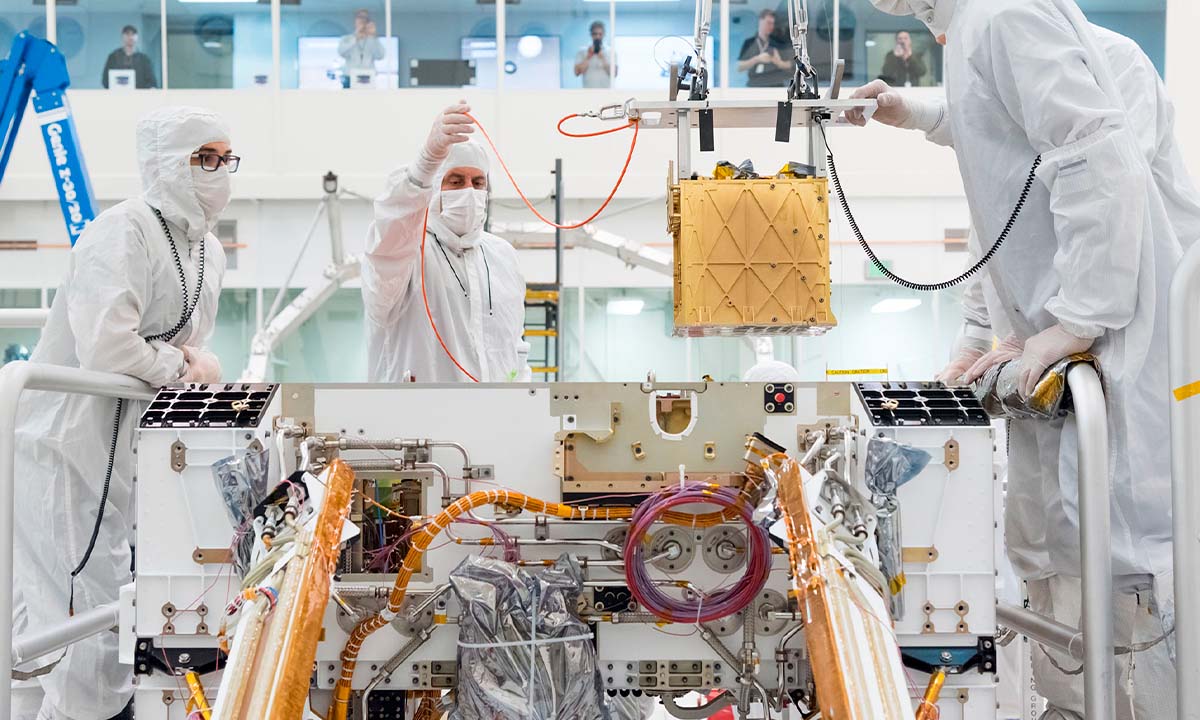NASA succeeds in generating oxygen on Mars
- September 10, 2023
- 0
Plans to colonize Mars are still somewhat green, and I’m not saying this because of the intention to reach the red planet, which seems pretty solid, since Donald
Plans to colonize Mars are still somewhat green, and I’m not saying this because of the intention to reach the red planet, which seems pretty solid, since Donald

Plans to colonize Mars are still somewhat green, and I’m not saying this because of the intention to reach the red planet, which seems pretty solid, since Donald Trump has been pushing the US space agency to start the Artemis program, but because the amount of work that still needs to be done to be able to take a human being to the nearest planet that is reasonably safe to take any living being to (remember that both Mercury and Venus are closer to Earth than Mars, but their maximum temperatures make them uninhabitable).
Next year, the Artemis program should see the first manned mission to the Moon (into its orbit, since it will not touch its surface) and, if all goes well and there are no delays (which are actually quite possible) To the return of human beings to our natural satellite could happen in 2025, more than 50 years after the last manned mission to that destination. These missions can also be upgraded for the scope of research conducted at the South Pole of the Moon.
Be that as it may, a key element for space and planetary exploration is oxygen, both to support the life of the crew members and for its essential role as an oxidizer (also called an oxidizer), which is nothing more than an element that allows fuel to be burned (sorry for the redundancy). Without oxygen there is no combustion, if there is no combustion there is no thrust, and if there is no thrust there is no movement.
A manned space mission, whether to the Moon or Mars, requires a large amount of payload, which translates into the need for more thrust and more fuel, so any reduction in this regard is more than welcome by those responsible for these missions. Knowing this, a number of tests have been carried out during these two years, which have been successful and thus represent great progress. And as we can read on the website of the space agency, The MOXIE experiment by NASA and MIT was able to create oxygen on Mars What’s more, the device’s test results far exceeded initial forecasts.
The device, which is about the size of a microwave, traveled to the red planet aboard the Perseverance, so it was active for various tests that were conducted starting in 2021. During that time, it was activated a total of 16 times. , generating a total of 122 grams of oxygen (what a small dog breathes in about ten hours, according to the agency). In tests at maximum power, was able to generate 12 grams of oxygen per hour with a purity equal to or greater than 98%which doubles the original goals of the experiment.
The atmosphere of Mars is 96% carbon dioxide (CO2), which, as you recall, consists of a carbon atom bound by double covalent bonds to two oxygen atoms. Thus, the task performed by MOXIE consists of an electrochemical process that separates one of two oxygen atoms of every molecule of carbon dioxide taken from the Martian atmosphere. Once this separation occurs, We are left with one atom of oxygen (O) and one molecule of carbon monoxide (CO, also called carbon monoxide). . The first is analyzed to check its purity and the second is discarded.
NASA and MIT andThey are working on an improved version of the device, named MOXIE II, for the construction of which a large amount of information was obtained from this first test. Something that is most promising given the outcome of this first experiment and could mark a key milestone in NASA’s plans to take humans to Mars sometime in the next decade.
Image: NASA/JPL-Caltech
Source: Muy Computer
Donald Salinas is an experienced automobile journalist and writer for Div Bracket. He brings his readers the latest news and developments from the world of automobiles, offering a unique and knowledgeable perspective on the latest trends and innovations in the automotive industry.